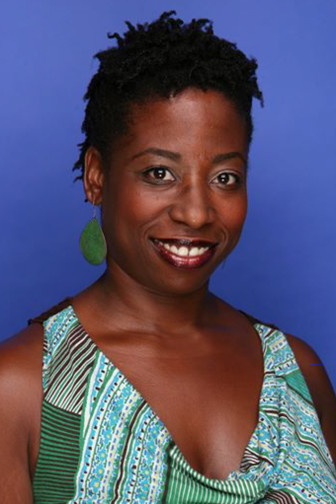 Malcolm, Jib and Diggy race through the city on their bikes at full speed. As science geeks, they conduct explosive experiments. And they love rocking out to the sound of their own punk band’s music.
Malcolm, Jib and Diggy race through the city on their bikes at full speed. As science geeks, they conduct explosive experiments. And they love rocking out to the sound of their own punk band’s music.
These descriptions are probably not the first things the average person thinks about when visualizing a 17-year-old kid of color from the inner city, right? Too bad.
Instead, when some of us see an urban 17-year-old, the first, maybe second thought that runs through our heads is to clutch purse or laptop bag, move to the other side of the bus or make sure the car door is locked. And if we know the youth is en route to college, the first thought is likely that they’re going on an athletic scholarship. You know the stereotype: jocks, bangers and dealers.
Young black males, specifically, are often thought of as struggling in school. They account for the majority of those in our foster care system. We may also think of our black males as not enrolling in college at the same rate as white males. As a result, they are disparately impacted by the juvenile justice system by default.
Kids of color are not the only ones who carry with them negative statistics. But yeah, it can be hard for them to attain success — particularly because of perceptions, environment and lack of support.
“It’s a constant navigation … When you don’t [find support], you can end up in places you don’t want to be,” says filmmaker Rick Famuyiwa in a Sundance interview. He tells the fictional story of Diggy, Jib and Malcolm in “Dope,” this year’s Sundance Film Festival darling. I came out of the theatre enriched, enlightened and inspired. Don’t let the previews fool you. In fact, here’s a better, longer trailer.
Through comedic hijinks and some explicit visuals of drugs, guns and a scantily clad woman, “Dope” opens the eyes of viewers to the challenging lives many of our urban youths experience while trying desperately not to get trapped in a waterfall of stereotypes and statistics.
You know, statistics like one in three black men will touch the criminal justice system at some point in their life if current trends continue. Or the tidbit about more black men being under correctional control today than there were under slavery in 1850. How about the one that stirs up so much controversy: There are more black men in prison than enrolled in college. And then there’s simply the perception that if you live in a less affluent neighborhood, your lifestyle and aspirations should be kept low.
“These kids have to face not only the daily struggles of gangs and drugs, but also the low expectations, sometimes, of their schools and teachers who don’t want to be there teaching; a system that assumes they’re up to no good even when they’re not,” Famuyiwa says.
“Dope” is a look into the lives of three questioning, supersmart, creative teens who are simply trying to navigate their way through young adulthood while staying true to themselves. Not at all identifying with the mold of what is expected of them as young teens of color growing up in an urban community (Inglewood, Calif.), they make every effort to stray from stereotypes, yet still fit in when the chance presents itself … like when they begrudgingly decide to accept the invitation to a drug dealer’s birthday party. And that’s when the adventure begins.
I have been waiting four months for the release of "Dope” after seeing it at the festival in February. It’s a film, despite the R rating, that I want to take my African-American son to.
I think he can identify with the main character even though my son is only 12. He’s a unique one. I’m curious if my son thinks he’s different, struggles about fitting in, cares if he doesn’t. I’m very much looking forward to our post-movie debrief.
Zerline Hughes is a Washington, D.C., communications consultant and blogger on social justice issues. Her blog Not These Two focuses on keeping her children out of the school-to-prison pipeline. Follow her on Twitter at @zerlinehughes.

Pingback: Repost: Finally, a Movie About Teens of Color I Want to Take My Son to See | Not These Two